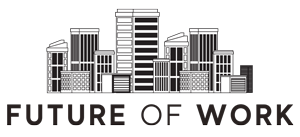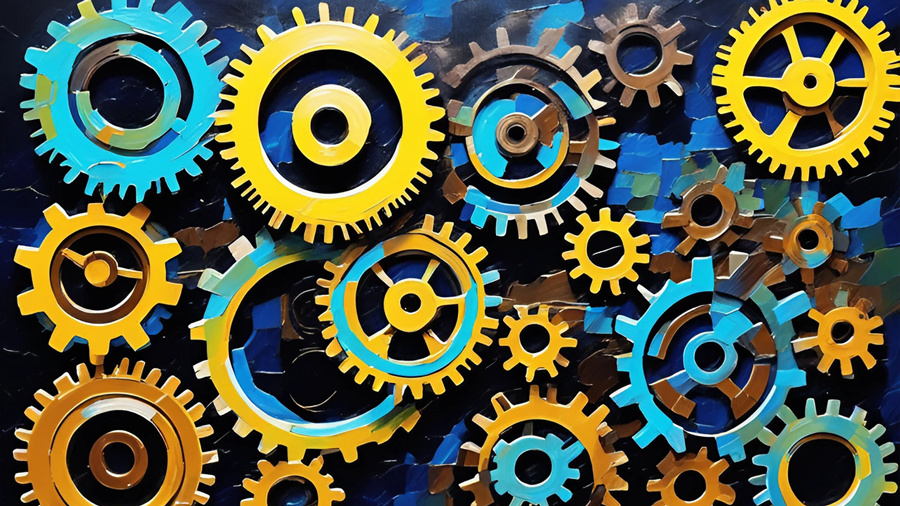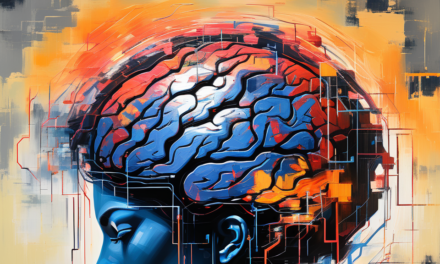AI and automation tools have become common practice to boost productivity. The benefits of utilising AI across different sections of a business are rightly well known due to incredible leaps in the sophistication of AI tools. Yet many businesses are finding their confidence to experiment and innovate with AI stifled.
Despite increased IT and technology spending, the country’s productivity growth has remained stagnant since the 2008 financial crisis. The scarcity of tech talent, obstacles in technology adoption due to knowledge gaps, and a significant portion of tech budgets being allocated to maintaining legacy systems rather than fostering innovation have all contributed to this.
For businesses to utilise AI and Automation to their full potential, to undergo digital transformation that benefits both productivity and growth, businesses must have a clear, unified approach to AI integration as well as a new mindset.
A fragmented strategy inhibits innovation
Businesses far too often lack a strategic approach to technology acquisition. This is the quickest way to end up with the accumulation of disparate systems, resulting in disconnected data, fragmented workflows, and subpar user experiences within a business.
A fragmented tech stack often hinders data integrations, in turn resulting in fragmented data and hampering data-driven decision-making and innovation. On top of hindering data driven insights, a fragmented tech stack inhibits scalability which restricts a business’s agility and growth. Every additional tool or piece of software requires management, oversight and maintenance, which drags on IT resources and ultimately takes up valuable time for employees which could be better spent on innovation. It’s crucial for organisations to refine their tech stack, so that their tools are better integrated, easier to scale and adopt.
The key to addressing this issue and increasing productivity is through a unified platform that brings together AI, automation, and integration which will allow an organisation to confidently adopt AI while mitigating the security and privacy concerns associated with fragmented AI tools.
Integration leads to democratization which enables innovation
Infosys’ The Future of Work 2023 Report outlines that modernisation and digital automation tools are now top investment priorities for business leaders, with 30% of organisations already having invested in automation tools designed to help boost profits and productivity. By helping businesses not only improve the user experience for customers and employees, these tools boost efficiency and reduce costs. Benefits that every business strives to achieve.
Allowing employees access to the real time insights provided by automation and AI has proven advantageous to businesses across many industries. Whether it is HSBC using AI to combat fraud to UPS optimizing delivery routes and reducing carbon emissions. And with the increasing availability of low-code/no-code technology, employees are easily empowered to make necessary changes to their automations independently.
Innovative and forward-thinking businesses are looking to maximise the untapped potential within their workforce, looking to enable their business and IT teams to shape the future of their organisation. By integrating AI into everyday workflows, businesses can achieve greater security and privacy compared to relying on external AI providers as well as protect its intellectual property at the same time.
It’s crucial to be aware that the process of integration should be democratic. By involving finance, HR, sales, marketing and customer support teams, the process ensures communication and engagement across the entire organisation. And ultimately, this process needs to avoid further fragmenting the tech stack by bringing the AI platform to where the employees are already working, such as using a chatbot on the business’ communication platform.
Organisations must avoid one mistake when undergoing this process – forcing employees to create their own account with a separate AI platform they must learn to use. With security anxieties already stifling innovation, introducing new security risks by moving sensitive data between platforms must be avoided.
The future of workplace innovation
Ultimately, for automation processes to have a positive impact on real-time outcomes that occur because of real business events, the integration of automation must focus on real time processes. And if these processes are AI-powered and accessible to employees across the organisation, colleagues and teams can share their collective knowledge on the best way to build automations.
There is a caveat, however: without a strong system of governance, scaling automation can quickly become anarchy instead of a democracy. We need guardrails to ensure security, scalability, change controls, compliance, and other such requirements are met. This is the architectural underpinning for democratization.
With AI and Automation tools now accessible to almost any organisation, digital transformation that facilitates innovation has become increasingly viable. It is crucial for businesses to understand how to avoid fragmenting their tech stack by implementing a unified platform that brings together AI and automation that the entire workforce can engage.
The foundation of success here is a new leadership mindset that looks holistically at the end-to-end processes of adopting AI and automation as opposed to having a short-sighted, task-oriented focus. With this new automation mindset, the competitive businesses of the future are not afraid to break things down and build them back better.
Carter Busse is the Chief Information Officer at Workato an has been facilitating digital transformation for over 20 years. Carter has a wealth of experience when it comes to understanding the successful implementation of these technologies and their long-term effects.
Now and since 2021, Carter has been CIO at workplace automation platform Workato where he has been empowering businesses and their IT teams to effectively implement workplace automation.






